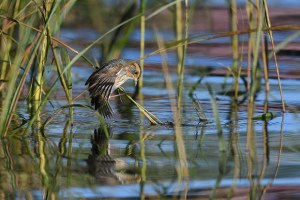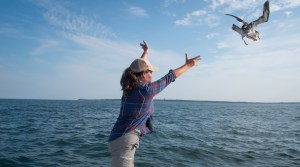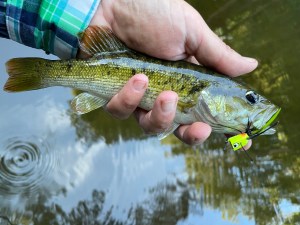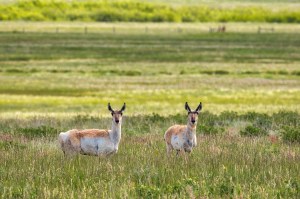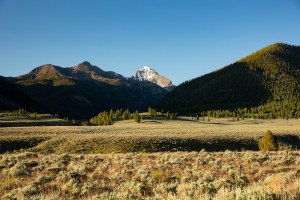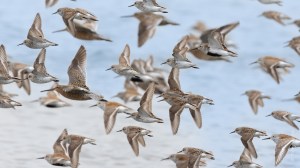Discover stories in North America
This Skunk Does Handstands. Yes, Handstands.
The island spotted skunk is difficult to observe. But a monitoring program on California’s Channel Islands offers a glimpse at this creature’s amazing habits.
The Murky Challenges of Photographing a Historic Swamp
It’s the not the gators, he’s worried about. It’s a potential titanium mine.
Can Listening to Oyster Reefs Help Us Assess Their Health?
University of Texas PhD candidate Philip Souza is using acoustic monitoring to eavesdrop on oyster reefs.
Saltmarsh Sparrow: The “Canary” of Sea-Level Rise
The saltmarsh sparrow is literally adapted to keep its head above water. But the seas are rising.
Shearwater Search: The Trials and Rewards of Offshore Seabird Research
Off the coast of Long Island, researchers are helping shape conservation actions by tracking seabirds. But they have to catch them first.
Floral Arrangement: Can Floating Flower Mats Reduce Nutrient Pollution?
Floating flowers have the power to clean nutrient-loaded runoff in South Florida.
Restoring River Oxbows Benefits Endangered Fish
The Topeka shiner is returning to Iowa rivers; restoration offers benefits for water quality and flood control.
50 Fish, 50 States: Rise of the Redeye
As part of his 50 Fish, 50 States series, Matt Miller visits Alabama in search of Coosa bass.
Pronghorn Place: Preserve Protects Wildlife Migration Route
On Idaho's Flat Ranch Preserve, pronghorn have room to roam.
Six Spectacular Places to Experience the Sagebrush Sea
Six places to visit the stunning sagebrush sea, as recommended by TNC staff working to protect this biologically rich landscape.
Fisheries Trusts Can Advance Sustainability and Resilience Goals
The first national review of community fisheries trusts in the U.S. shows they can achieve positive outcomes for fishing communities and marine ecosystems.
Extreme Birding: Shorebirds at the Sewage Lagoon
Shorebird identification can be a challenge. The best place to practice might just be your local sewage lagoon.



